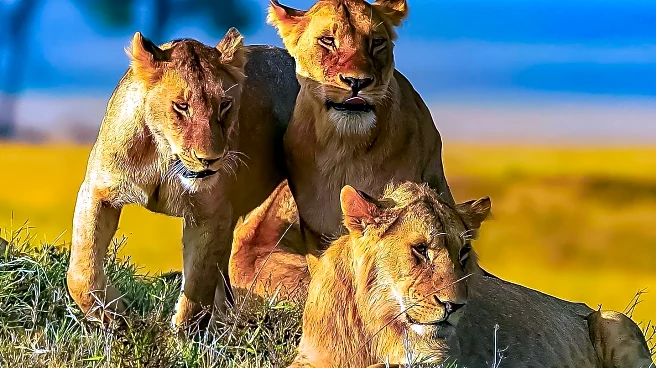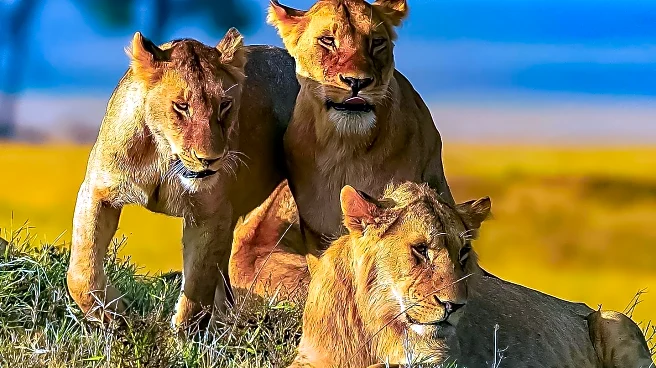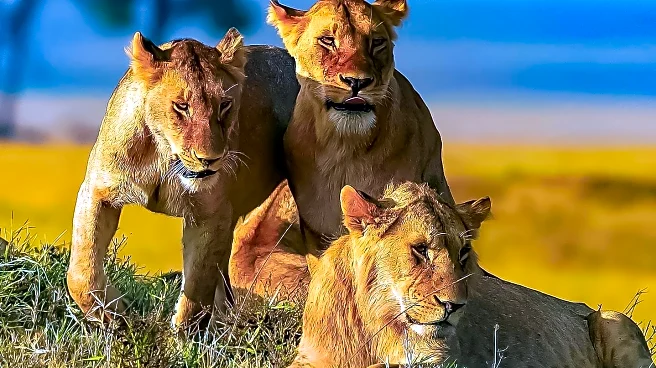What's Happening?
The Kamo Wildlife Sanctuary in New Zealand has begun euthanizing seven elderly lions due to financial difficulties. The sanctuary announced that rehoming the lions was not a viable or humane option because
of their age, number, and complex needs. Two lions, Imvula and Sibili, were euthanized due to serious health conditions that were deteriorating and untreatable. The sanctuary is prioritizing the wellbeing of the five remaining lions and is exploring potential solutions, including interest from parties looking to purchase the park and continue caring for the animals. The sanctuary has received both supportive and abusive messages since announcing the euthanization decision.
Why It's Important?
This situation highlights the financial challenges faced by wildlife sanctuaries in maintaining the care of large animals, particularly those with complex needs. The euthanization of the lions underscores the difficulties in balancing animal welfare with financial constraints. The potential interest in purchasing the park offers a glimmer of hope for the remaining lions, emphasizing the importance of sustainable funding and management for wildlife conservation efforts. The sanctuary's appeal for kindness and respect during this difficult time reflects the emotional and ethical dimensions involved in such decisions.
What's Next?
The sanctuary is actively seeking solutions for the remaining lions, including exploring the possibility of new ownership that could ensure their continued care. The timeframe for these decisions is short, and the situation remains uncertain. The sanctuary is committed to keeping hope alive and is navigating the complexities of this situation with care and consideration. The outcome will depend on the success of these efforts and the willingness of potential buyers to invest in the sanctuary's future.
Beyond the Headlines
The euthanization of the lions raises broader ethical questions about the responsibilities of wildlife sanctuaries in managing aging animal populations. It also highlights the need for sustainable financial models to support conservation efforts. The sanctuary's experience may prompt discussions on how to better support such institutions and the animals they care for, ensuring that financial difficulties do not lead to tragic outcomes.












